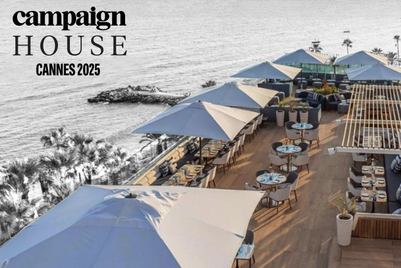
Ecommerce livestreaming has attracted an enormous amount of buzz over the past year for its potential to drive sales both in the current (more socially distanced) environment as well as in the post-coronavirus future. According to a recent report by Coresight Research, the livestreaming market is poised to reach $6 billion in 2021 and will nearly quadruple in size within the next two years.
But these projections are dwarfed by China, the world’s most advanced and active e-commerce livestreaming market. According to an October 2020 report by KPMG and Alibaba’s research arm AliResearch, China’s e-commerce livestreaming market surpassed the RMB 1 trillion ($154 billion) mark in 2020, more than doubling year-on-year. While this was due in large part to the COVID-19 pandemic, which saw brands scrambling to leverage the nascent trend, Chinese shoppers have remained engaged with livestreaming even as China’s offline retail largely returned to normal. As of December 2020, China’s audience for all forms of livestreaming reached 617 million, with 388 million engaging in ecommerce livestreaming.
This explosive growth in China has piqued the interest of luxury brands. Over the past year, names such as Loewe, Chanel, and Gucci have increasingly added livestreaming to their overall marketing strategies. However, to date, most brands experimenting with the format are using it as another way to share branded content such as fashion shows, Q&As, or events.
In China, livestreaming is far more sales-oriented (think QVC), and while the format has shown an ability to draw audiences and get them to spend, it has yet to prove its long-term potential for image-obsessed luxury brands. Last year, Louis Vuitton’s much-publicized debut livestream on Xiaohongshu, hosted by influencer Yvonne Ching, drew mixed reviews, with some viewers complaining of the cheap-looking setting. More recently, Dior’s January broadcast, which combined the brand’s Spring 2021 Couture show with a celebrity panel discussion, was savaged by online critics as awkward and boring.
Overseas, the jury is still out on how receptive luxury shoppers will be to Chinese-style livestreams, in no small part because it’s not as new of a concept for audiences whose parents or grandparents may have watched the Home Shopping Network in the 1980s and 1990s, and who are already very familiar with influencer-hosted content on platforms like YouTube or Instagram.
While ecommerce livestreaming will continue to grow globally, led largely by affordable brands and retailers, the most profitable course of action for luxury brands is to be extremely picky about how to fold in e-commerce in a way that suits their brand image, rather than leaving themselves open to the sorts of online criticism that Louis Vuitton and Dior over content they may not have fully controlled. As the Fashion Digital recently noted, brands that “create authentic bonds with audiences through live content will be the ones who are able to continue to forge meaningful relationships with their followers beyond the pandemic.”
The need to connect with consumers via livestreaming while maintaining the right look and feel means luxury brands must exercise caution in adopting this trend. Rather than simply hiring a popular influencer to host a livestream about a new collection and push sales, brands need to very consciously decide why they want to get in on livestreaming. For example, to give audiences a deeper look at the craftsmanship or design inspiration behind products, an event hosted by the brand’s creative director with relevant guests is one option that would maintain an in-house ambience. Or, following the influencer route, a broadcast set in a brand flagship store would be preferable to a QVC-style livestream filmed on a generic set.
While audiences are tuning into livestreams in record numbers, luxury brands simply have to try harder and control as much of the output as possible. While a fast and loose approach may suffice when a popular host is discussing fast fashion or inexpensive beauty brands, a luxury livestream needs to offer audiences as much of a premium experience as possible.




.jpg&h=334&w=500&q=100&v=20250320&c=1)

+(900+x+600+px)+(3).png&h=334&w=500&q=100&v=20250320&c=1)




.jpg&h=334&w=500&q=100&v=20250320&c=1)

.jpg&h=268&w=401&q=100&v=20250320&c=1)
.jpg&h=268&w=401&q=100&v=20250320&c=1)



.jpg&h=268&w=401&q=100&v=20250320&c=1)

